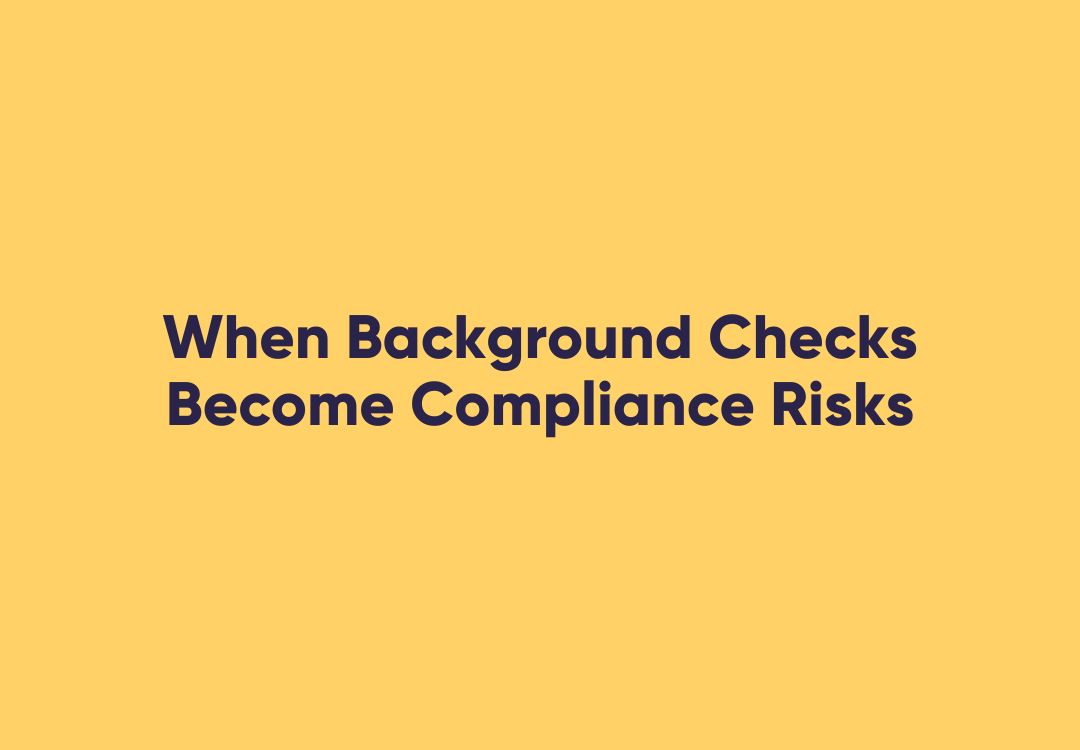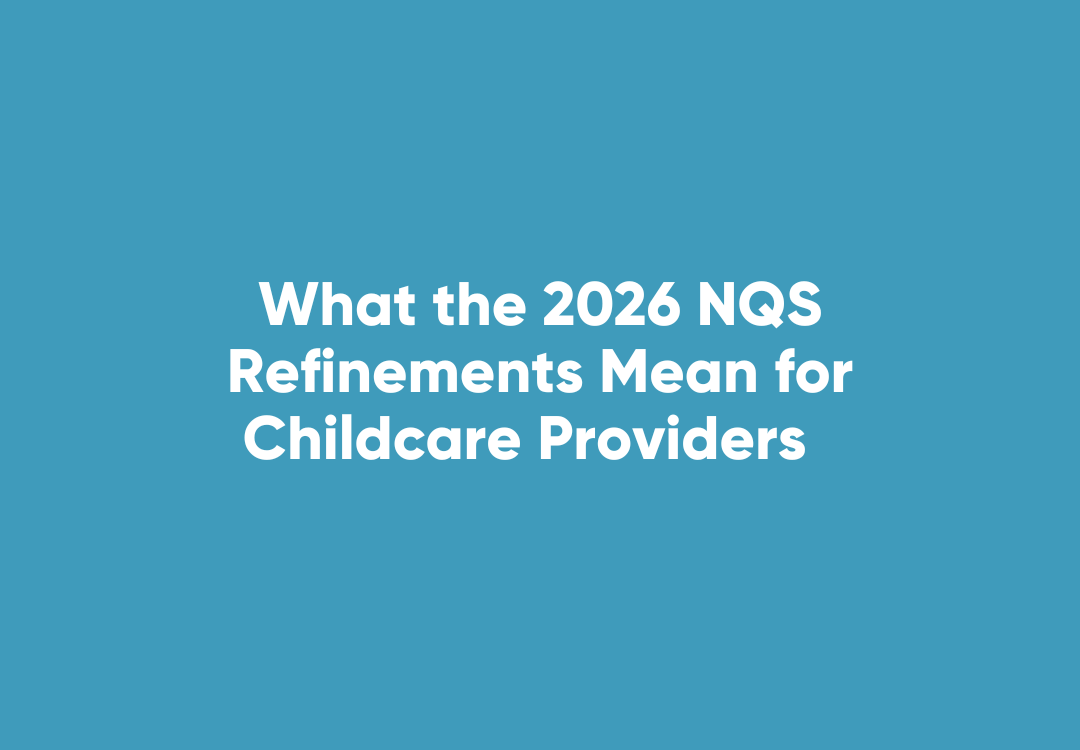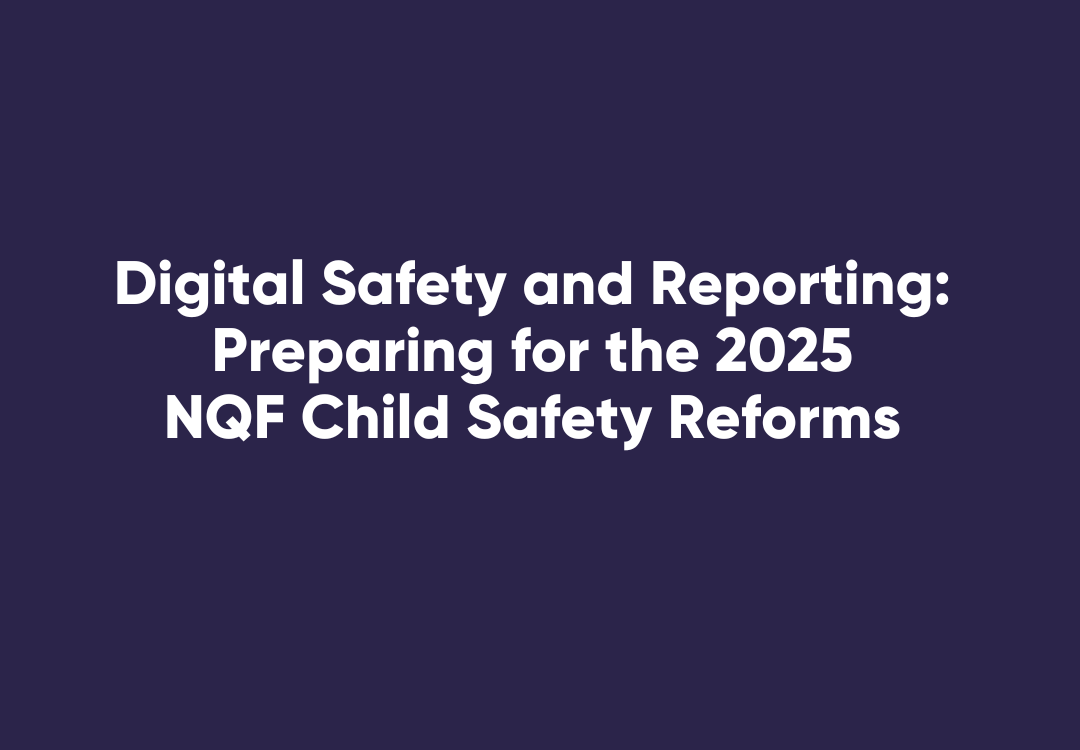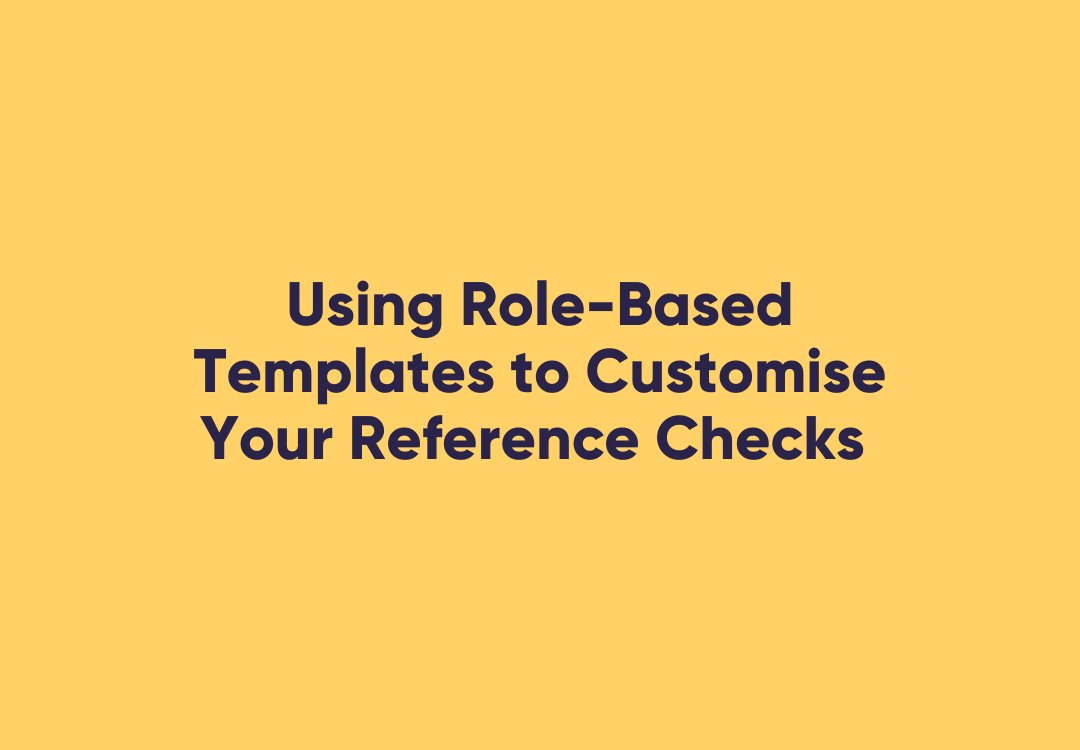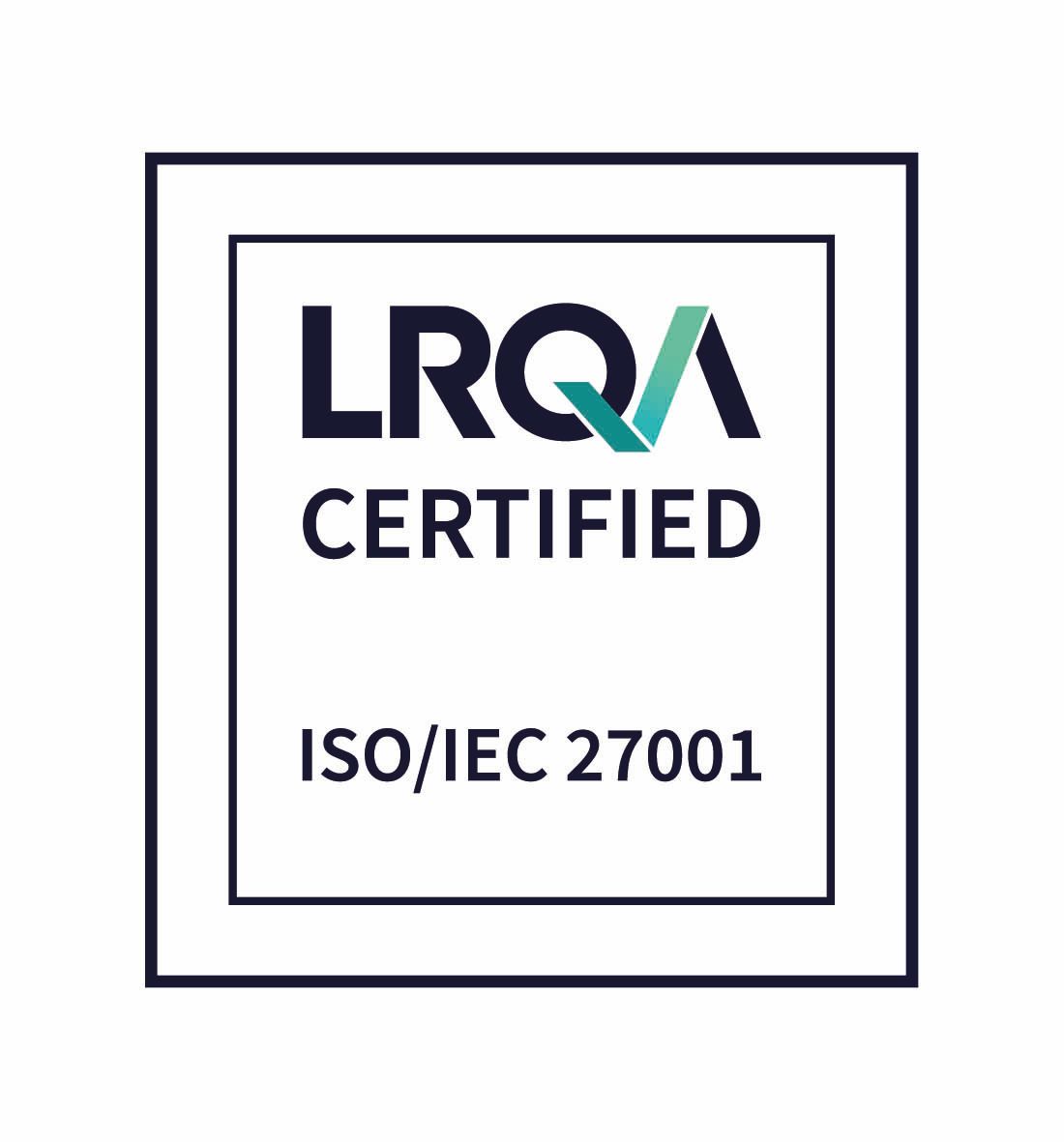What You Need To Know About WHS Laws Across Australian States
WHS Laws Across Australian States
While most Australian states and territories follow the national WHS framework, important differences in enforcement and industry-specific requirements can impact how businesses maintain compliance.
Here’s a breakdown of work health and safety laws and how they differ across different Australian jurisdictions:
WHS Australia
Australia has harmonised work health and safety laws through the Model Work Health and Safety Act, also known as the Work Health and Safety Act 2011. This Act is an established baseline of WHS obligations for employers, placing an emphasis on preventing workplace incidents, accidents, illnesses, and fatalities.
The model WHS laws have been adopted in most Australian jurisdictions, including New South Wales (NSW), Queensland, South Australia, Tasmania, the Northern Territory, the Australian Capital Territory (ACT) and Western Australia (as of March 31, 2022). These states and territories follow the same framework, which makes it easier for businesses that operate across multiple regions to stay compliant.
However, it’s important to note that Victoria is the only jurisdiction that has not adopted the Model WHS Act, continuing to operate under its Occupational Health and Safety Act 2004. While it generally aligns with the national framework, there are some critical differences.
Key Differences Between States
- Victoria: Unlike other states, Victoria has not fully adopted the Model WHS Act. Instead, the state operates under the Occupational Health and Safety Act 2004 (Vic), which has similar goals but maintains different regulatory approaches and penalties. Victorian businesses need to adhere to specific requirements, such as detailed incident notification obligations and unique safety codes under the WHS Act Victoria
- Western Australia (WA): WA introduced its own variation of the Model WHS Act under the Work Health and Safety Act 2020 (WA), effective March 31, 2022. While largely based on the national model, WA has introduced a few specific provisions tailored to local conditions, particularly regarding safety for mine workers and hazardous materials
- Penalties and Enforcement: Another key difference lies in the penalties and enforcement practices across states. For example, Victoria is known for strict enforcement, with substantial penalties for breaches of safety laws, while WA places significant emphasis on high-risk industries.
General Obligations Across All States
Despite the differences, certain responsibilities apply to all businesses across Australia, including:
- Duty of care: Employers must ensure the health and safety of workers by managing risks, providing adequate training, and maintaining safe working conditions.
- Consultation with workers: Businesses must engage with employees regarding safety issues, giving them the opportunity to share concerns and offer suggestions for improvement.
- Incident reporting: Workplaces must promptly report serious injuries, illnesses, or dangerous incidents to the relevant authorities.
Is your workplace following this? Do you provide your team with adequate training and the ability to share concerns
How WorkPro Can Help
It can be challenging for businesses to maintain control of competing priorities, including WHS across multiple jurisdictions. This is where WorkPro can help. We simplify the dissemination of training and information to employees through a broad library of pre-built
WHS learning modules and
online resources. Our
eLearning platform delivers engaging, practical WHS learning that aligns with both national and state-specific work health and safety regulations, ensuring your workforce is equipped to work safely and remain compliant.
By streamlining work health and safety learning, document management, and compliance tracking, WorkPro helps you reduce the administrative burden, allowing your team to focus on site specific safety requirements and maintain a safe workplace. With automatic reminders, quick compliance reporting, and comprehensive resources, staying on top of WHS obligations is easy. Ready to provide your team with a comprehensive WHS program, and simplify your compliance? Explore
WorkPro's 60+ eLearning modules today and ensure your workforce is always job-ready






